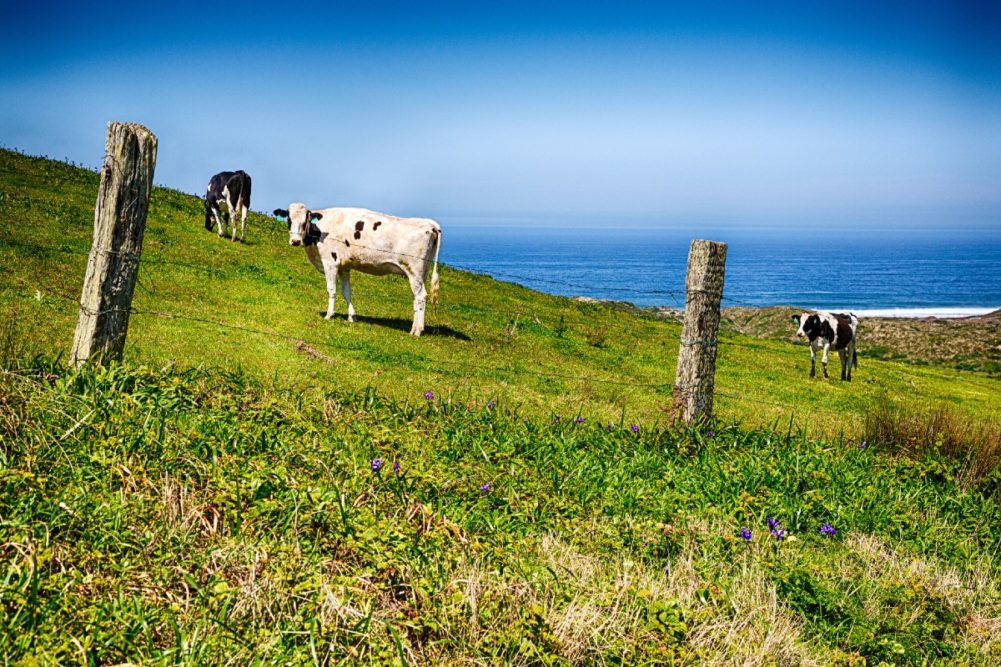DAVIS, CALIF. – The California Dairy Research Foundation (CDRF) shared newly published findings that indicate the California dairy sector is on target with methane reduction goals and capable of achieving climate neutrality by 2030, if not sooner.
A peer-reviewed study authored by the CLEAR Center at the University of California, Davis, and published in CABI Biological Sciences identified various scenarios in which the California dairy sector could actually exceed requirements laid out in Senate Bill 1383 – a 40% reduction of methane emissions below 2013 levels by 2030.
The study took into account the climate impacts of methane associated with dairy farming and evaluated what was described as atmospheric warming contributions from 2019 to 2030. It concluded the state’s dairy sector has the potential to reach climate neutrality and contribute no additional warming to the atmosphere as early as 2027.
"What's most exciting about this study is that it shows the aggressive methane reductions the dairy sector has pursued will not only lead to a point in which they are no longer adding warming to the atmosphere, but can go further and chip away at historical emissions,” said UC Davis professor and air quality specialist Frank Mitloehner.
“Agriculture is one of the few sectors that can do that,” he said. “The rest of the world is looking at how California is reducing methane, and sees that significant reductions are possible and have [a] big impact on a sector's climate footprint."
The researchers shared that they turned to a newer metric developed by scientists at University of Oxford, England. Called the global warming potential “star” (GWP*), it was developed to report emissions as “warning equivalents” and find the impacts of short- and long-lived greenhouse gases. The older, more commonly referenced GWP100, the research noted, calculates straight carbon dioxide equivalents.
CDRF shared that 250-plus California dairy farms already have methane reduction projects in place, and in order to reach climate neutrality by 2027, the state would need to see an increase in the use of dairy digesters, improving manure management and utilizing feed additives.
"Many producers throughout the state have already implemented methane-reducing or methane-avoiding technologies on their dairies and have helped set the California dairy sector on a path to meeting the ambitious requirements of SB 1383," said Denise Mullinax, executive director at CDRF. "The pathways outlined in this study show the incredible potential our industry has in going beyond those requirements — to become climate neutral."
The study also pointed to feed additives that are used to reduce enteric methane as an area with further potential, as more additives are expected to achieve regulatory approval in the years ahead.

